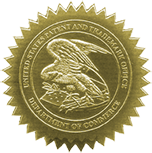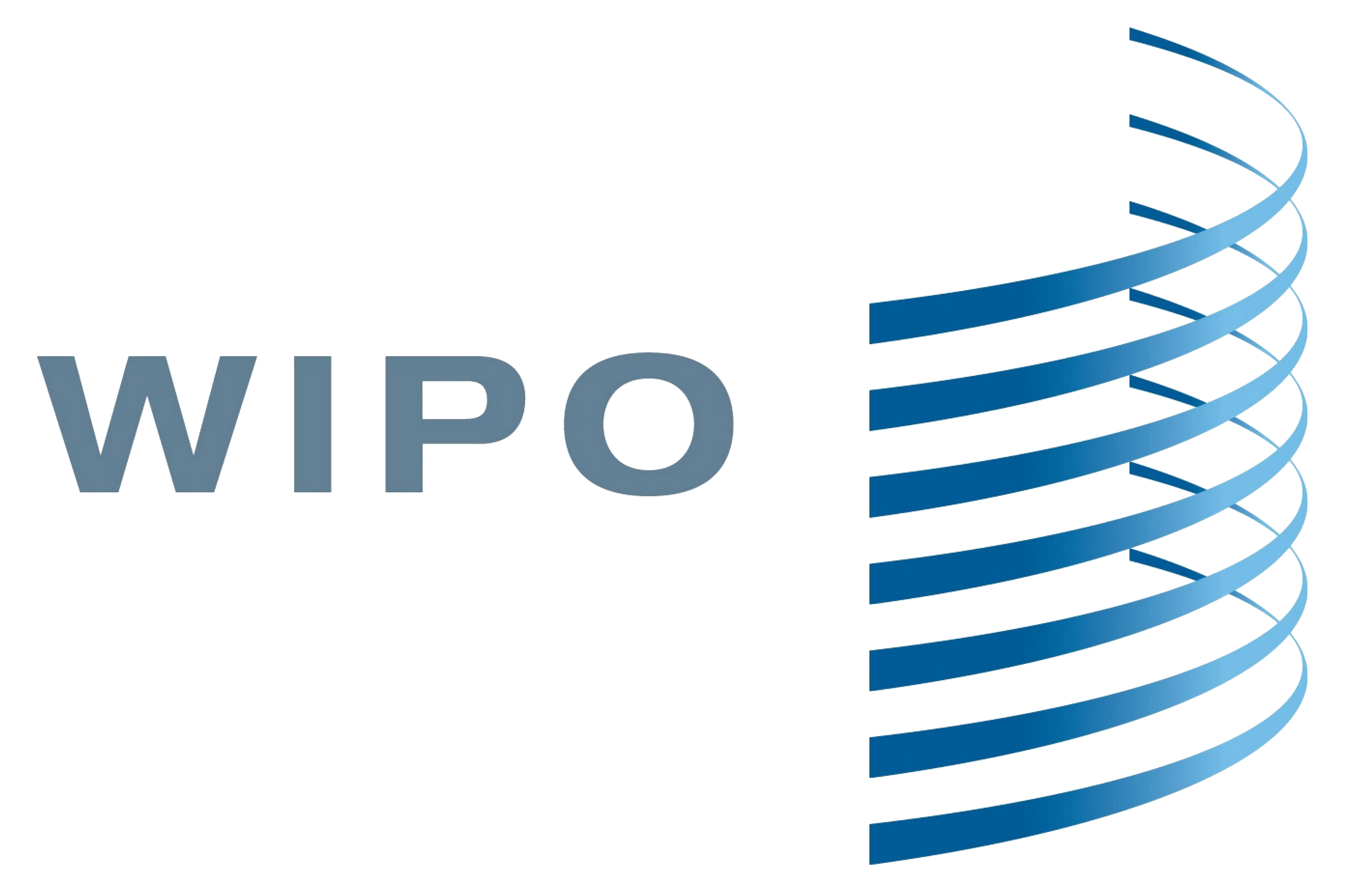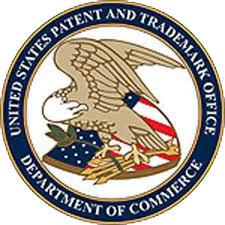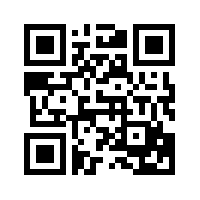United States Patent Grant
 * US Patent Types:
* US Patent Types:
There are three types of patents granted by the United States Patent and Trademark Office (USPTO):
1) Utility patents may be granted to inventions and discoveries of any new and useful process, machine, article of manufacture, or composition of matter, or any new and useful improvement thereof;
2) Design patents may be granted to a new, original, and ornamental design for an article of manufacture; and
3) Plant patents may be granted to one who invents or discovers and asexually reproduces any distinct and new variety of plant.
* US Patent Rights and Terms:
The Constitution of the United States provides: "Art. 1, Sec. 8. The Congress shall have power . . . To promote the progress of science and useful arts, by securing for limited times to authors and inventors the exclusive right to their respective writings and discoveries." The excluseive rights granted to the owner are defined in the claims of a patent, and it allows the owner to prevent others from using, selling, making, or importing any invention which reads on the claims of the patent in the US. In general, the term of a newly issued utility patent is 20 years from the date to which the application claims priority. The term for a Design Patent is 15 years from the date of issue. U.S. patent grants are effective only within the United States territories.
* US Patent Process Overview:
A typical US
patent goes through:
1) an application stage, where initial descriptions of the invention is submitted to the USPTO;
2) an examination stage, where the contents of an application are examined by one or more examiners at the USPTO;
3) an issue stage, where any claims that survive the examination process are allowed and issued as a patent grant.
International Filing of Patents:
After a patent application is filed (NOT granted) anywhere in the world, the applicant has in general 1 year, from the initial filing date, to enter another country via Paris Convention. The applicant has up to 30-31 months, from the intial filing date, to enter another country via PCT.
The need or strategy to file patent application internationally varies substantially from case to case. We strongly suggest our clients to inform us as soon as possible of any intention to go abroad. Time is of essence in international filing, because a timeline starts from the very first time (often referred to as the priority date) a patent application is filed in any nation. Damage caused by missing key dates on the timeline often time can not be adequately repaired.
Patent Cooperation Treaty (PCT)
 The World Intellectual Property Organization (WIPO) is: "a global forum for intellectual property services, policy, information and cooperation". The Patent Cooperation Treaty (PCT) "assists applicants in seeking patent protection internationally for their inventions, helps patent Offices with their patent granting decisions, and facilitates public access to a wealth of technical information relating to those inventions. By filing one international patent application under the PCT, applicants can simultaneously seek protection for an invention in 148 countries throughout the world".
The World Intellectual Property Organization (WIPO) is: "a global forum for intellectual property services, policy, information and cooperation". The Patent Cooperation Treaty (PCT) "assists applicants in seeking patent protection internationally for their inventions, helps patent Offices with their patent granting decisions, and facilitates public access to a wealth of technical information relating to those inventions. By filing one international patent application under the PCT, applicants can simultaneously seek protection for an invention in 148 countries throughout the world".
Free Patent Search Sites:
Patentscope is a database maintained by WIPO, which provides access to PCT applications in full text format on the day of publication, as well as to patent documents of participating national and regional patent offices.
European Patent Organization (EPO) ![]()
Trademark
 A trademark is a word, name, symbol, logo, device, or even a sound that is used in trade with goods to identify and to distinguish the source of the goods from one another. A servicemark is the same as a trademark except that it identifies and distinguishes the source of a service rather than a product. The law pertaining to the two kinds is nearly indistinguishable. Trademark rights may be used to prevent others from using a confusingly similar mark, but may not be used to prevent others from providing the same goods or services under a clearly different mark.
A trademark is a word, name, symbol, logo, device, or even a sound that is used in trade with goods to identify and to distinguish the source of the goods from one another. A servicemark is the same as a trademark except that it identifies and distinguishes the source of a service rather than a product. The law pertaining to the two kinds is nearly indistinguishable. Trademark rights may be used to prevent others from using a confusingly similar mark, but may not be used to prevent others from providing the same goods or services under a clearly different mark.
 iPA & iPM
iPA & iPM 

 © iPA & iPM 2015
© iPA & iPM 2015